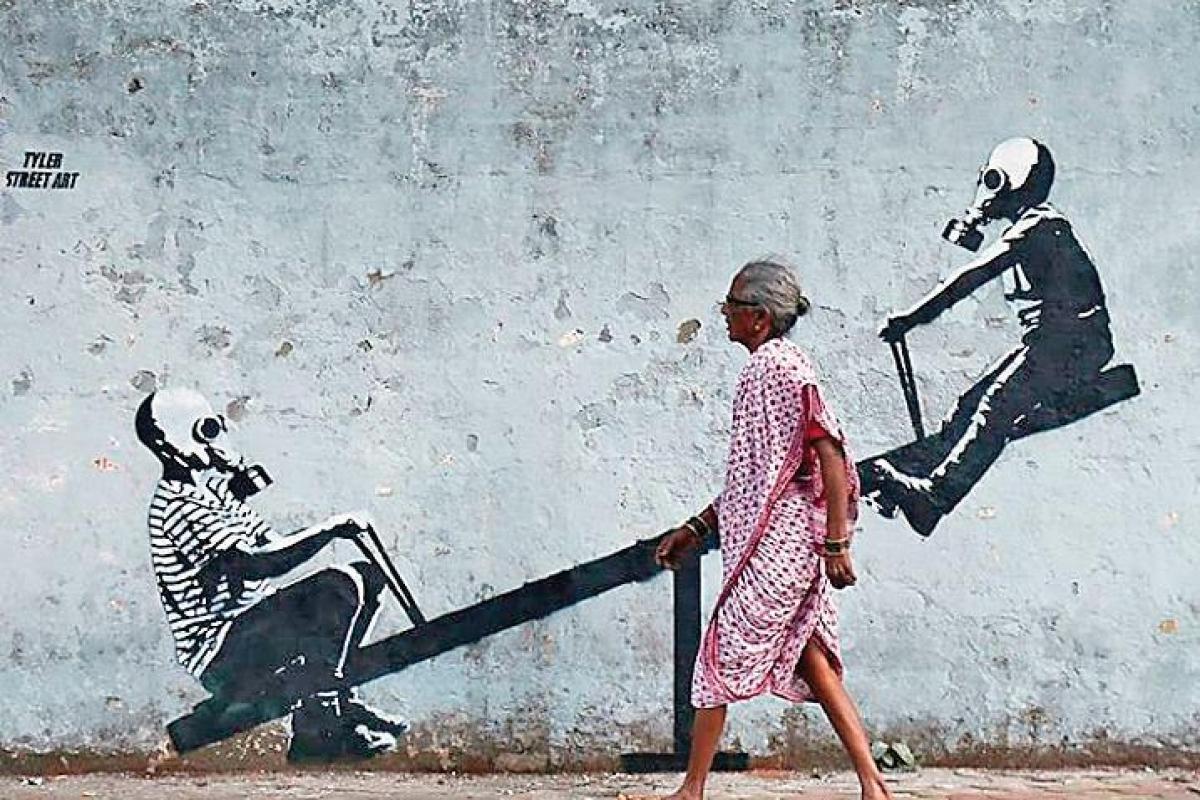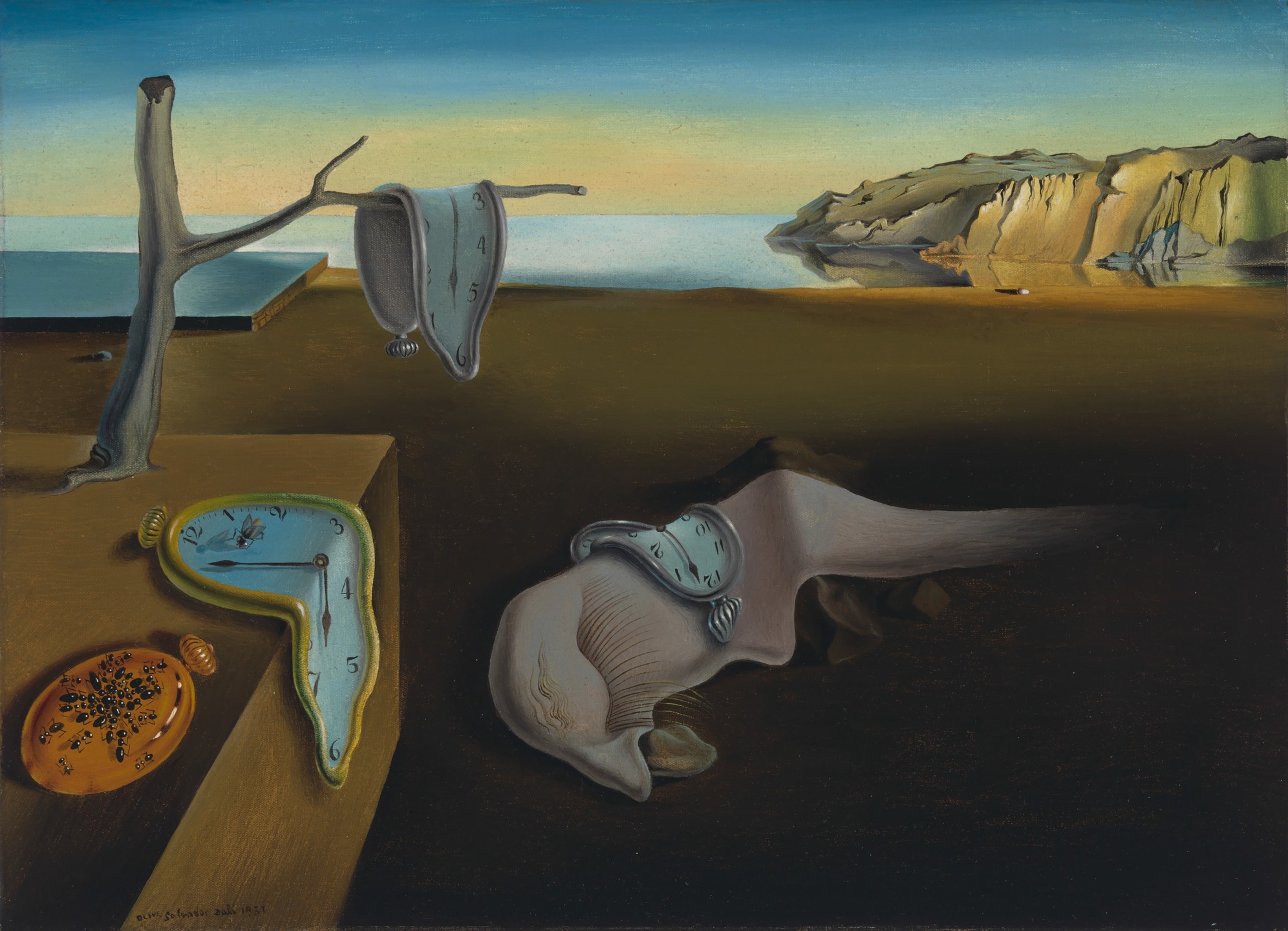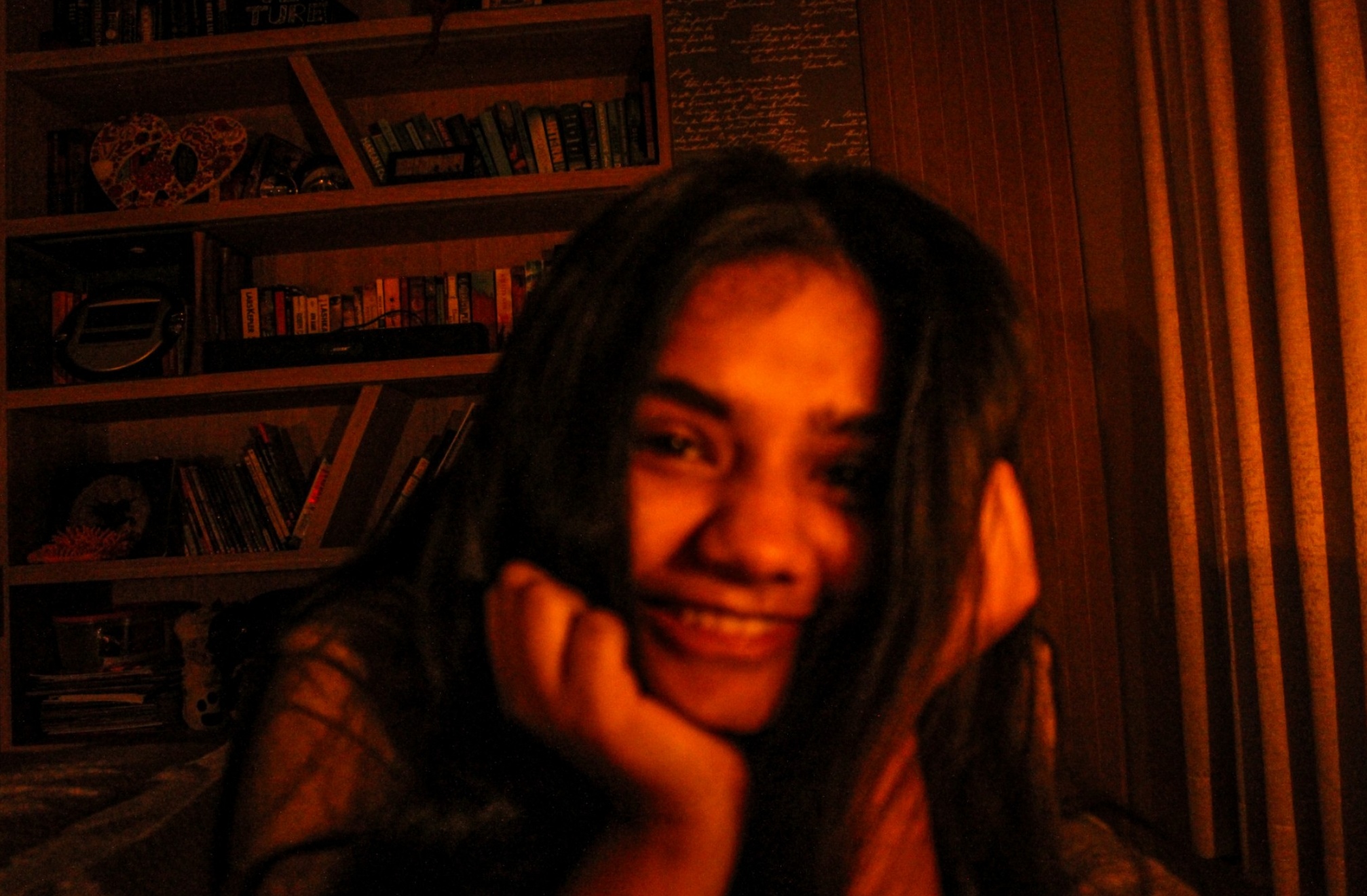When trying to understand the modern, we usually deploy words like ‘unconventional’, ‘avant-garde’, or phenomena affiliated with the present day. In my meagre understanding of it, modern art as a movement seems to believe in introducing new systems and structures— in the idea of creation— at the very best. It scatters away and isolates itself from predispositions or norms, and doesn’t believe in traditional ways of looking at things. To me, it seems to refuse vehemently to be boxed into meanings, definitions, or terminologies; and is difficult for the viewer to interpret. It denies the idea that beauty is a predetermined notion; that it is just a practise of the inherently flawed, deep-rooted capitalism of our society. Like several other novices who are at first quick to dismiss modern art pieces, my reaction was no different. I did not formerly intend to cultivate an interest in an area far beyond my understanding, however I soon came to terms with the realisation that modern art doesn’t demand that. It seems to adapt the concept of a ‘go-as-you-please’ movement with inexhaustible ways, materials, and ideas.
Modern art is nothing without the people that constantly strive to preserve it. It is rather commendable to look at how art collectors play an active and important role in the collection and safeguarding of these invaluable pieces, especially since it is so disheartening to see a lack of this practice in the South Asian subcontinent. “The value of the arts is so intrinsic to our lives that it is almost invisible to us,” says Arundhati Ghosh, the Director of India Foundation of the Arts.

The preservation of art is an activity that lacks a backbone or support system, unlike avenues of science or history. Combine this with the idea of ‘modern’, and most people would respond with chuckles, frowns, or disdain. However, modern art is far more than ‘idiosyncratic’ or ‘weird.’ It doesn’t consist of eccentric people splashing paint across a canvas. Each movement within modern art has a cause and significance. For instance, Surrealism believes in scattering away from the literal meaning of objects and ideas to give them an otherworldly connotation. Dadaism is a movement with explicitly political undertones; thus creating art that reflects revolution against war and punishment. And hence, the space and influence that modern art occupies even today is commendable. It is fascinating to see how art collectors, curators and students around the world continue to revive and revitalize the same pieces differently with every era, always highlighting a new feature or discovery or interpretation. That perhaps, is the beauty of it: the rejection of perspective that leaves both the artist and the viewer to their own devices. Like Salvador Dalí said, “Without a public, these jewels would not fulfil the function for which they were created. Thus, the spectators become their final creator. The eye of the spectator, his hearts, his mind- lend them life.” This is probably what initially baffled me, and most people unfamiliar or hostile to the concept of it, since literally anything can be termed ‘modern art’ and the term itself is one that keeps constantly alternating and evolving. Even to me—and I say this in the least poetic way possible—a conversation between two lovers is more art than some of these pieces could ever be. Because there is a sense of freedom which comes from being emancipated enough to carve your words into embodying your thoughts.
This perhaps, was what several other artists set out to do too. So how does it matter if an ordinal individual cannot seem to make sense of it? How does it matter that colors on a paper can be the medium to channel an artist’s deepest desires, but mean absolute gibberish to a spectator. This is where the indefinite, yet everlasting relationship between the artist and the spectator becomes more prominent. For as long as people keep consuming art, it will continue to advance.
Modern art’s dynamic history reflects the needs and developments of society from the 1860’s to the late 1970’s. Internally, modern art has undergone seamless changes between these years.. This is why the years preceding World War I in Europe are known as the ‘Belle Époque,’ a period of several cultural changes. This entailed the outbreak of World War I, economic prosperity, regional peace and colonial expansion. These changes subsequently resulted in advances in technology, science, literature, and music. Therefore, what started out as a restricted and uncertain phase, soon gave birth to the unparalleled Surrealism— abstract and otherworldly. For those not familiar, Surrealism is a cultural movement famous for visually juxtaposing ideas and realities together to create stunning imagery. One of the most classic examples of Surrealism is the piece by Salvador Dalí called ‘The Persistence of Memory.’ The hanging and melting of the clocks in this art piece represent the relativity of space and time and the ultimate collapse of ourselves.

These changes, I believe, were unstoppable. They reflected the geo-political climate of every distinctive era and gave the powerless a voice. As artists who consume so much literature, music, film and it would have seemed almost unjust to me had they been apolitical. For artists who lived with the privilege of making art while millions got arrested or shot dead, it would be unethical to not let these uprisings and riots reflect in their artwork. Thus, they used the creativity and passion at their disposal and let thousands of people and voices be heard and understood. It is fascinating how mere colours splashed across a canvas could be synonymous to revolutions that would be carved in history.
However, this is where my conflict with modern art begins. Modern art is associated with a higher social class and elites due to economic capital, and isn’t really a liberty for regular masses. People who were fighting the wars, living through riots and experiencing the discomforts that the artists depicted who couldn’t care less about art. Even today, modern art isn’t going to come to the rescue or be a substitute for food, water, shelter and the means of a livelihood. Or any other art form for that matter. It is imperative to realise that most art is elitist. Hence, as vital as it is to represent the political, religious and social climate through art, it is also important to comprehend the disparity that lies between the privilege of second-hand archiving and living through something. Therefore, it is just as important to understand, appreciate, and give space to art that is created by the marginalised and underrepresented. Those that are usually brushed away in a corner because they have “too much” to say. Some examples of art that deserves a much larger audience includes Gond art, protest art, and street art.
Another thing that baffles me, is how to formally study modern art? How is it to be ‘taught’ to future generations and artists; casting aside the history, evolution, and development of it, and then to ask them to ‘create’ modern art? This definition itself is compelling; it keeps borrowing from and adding to intersections like science, literature, architecture, theatre, etc—all of which are subject to change. Hence, the only thing I can say with absolute conviction is the fact that modern art draws from history. To change something, one must understand and introspect it. And perhaps, the art industry has had some incredibly adept and inventive figures that have sought to do so, but this process has led to some artists being overrepresented. It’s quite disheartening to me how Pablo Picasso is synonymous for the entire movement of modern art, whereas his contemporary sculptors fail to acquire even half the recognition or reverence. To me, Rene Magritte and his infamous surrealist depictions of humour or the vicious disjunctures of Cubist collages seemed far more eminent. Here, I learned to develop and realise the importance of being more mindful about what I consumed—to introspect and acknowledge that not every masterpiece essentially is one. That art cannot exist without its buyers.
It is a beautiful thought though, that at a certain time in history, people were so dissatisfied, so uncomfortable with the inadequacy of the art surrounding them that they sought to change it. To dismantle the very system itself and recreate something. It is this thought, that keeps me believing in the perplexing experience that is modern art.



